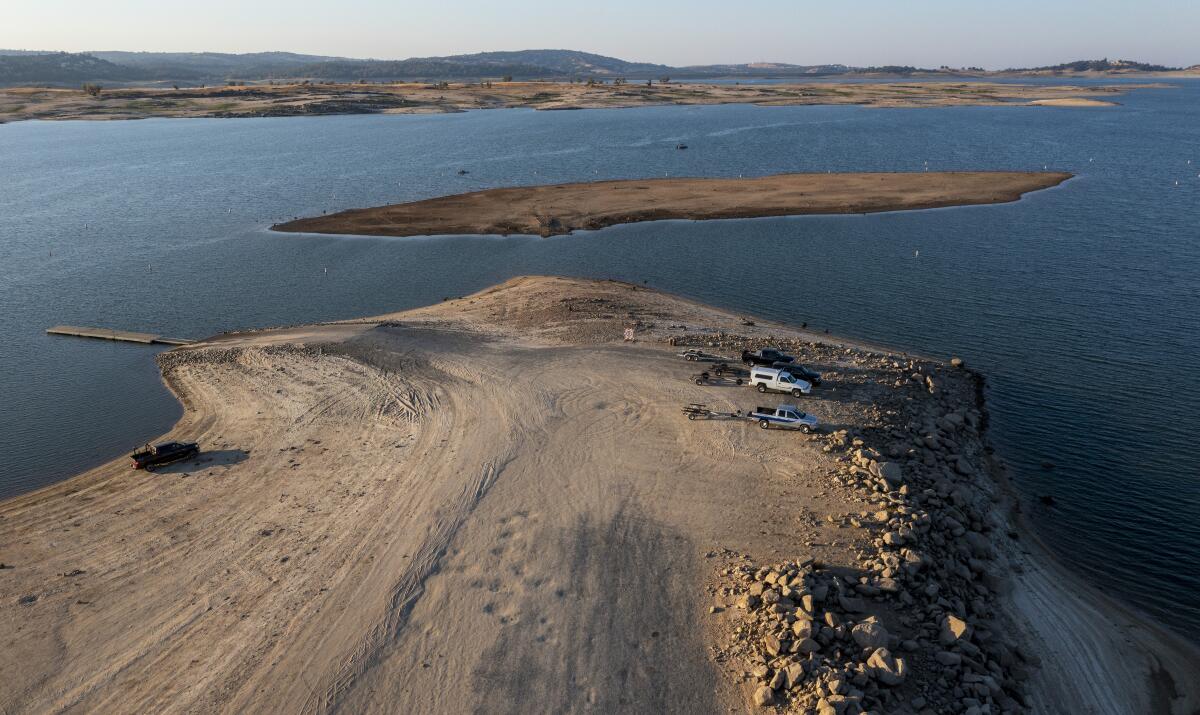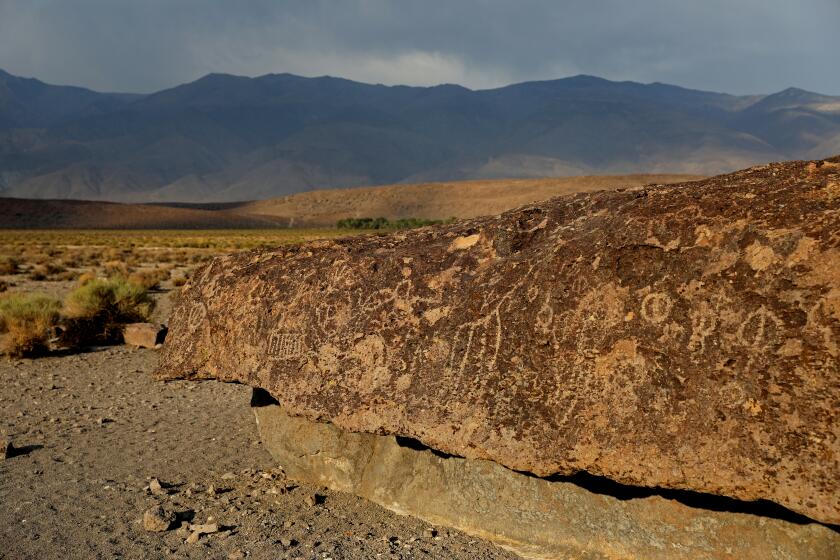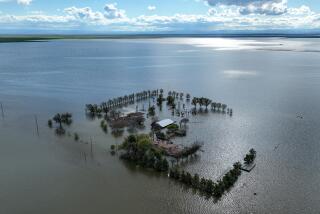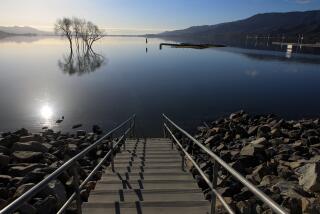Historic drought, low water levels reveal Gold Rush artifacts at Folsom Lake

In another vivid example of California’s ongoing drought and water crisis, the water level is so low at Folsom Lake that Gold rush era relics that typically are submerged are now visible on dry land.
“With historically low water levels that have been worsened by the impacts of climate change, artifacts and ruins once belonging to past communities and cultures of the area are now appearing along the lakebed,” according to a post on Folsom Lake State Recreation Area‘s Facebook page on July 23.
“The water is actually continuing to recede, and more stuff is coming out each day,” Folsom Lake State Recreation Area Supt. Richard Preston-LeMay said Tuesday. “With the water level we’re going to see this year, we’re going to have more things coming out than in the past.”
For more than a century before the Folsom Dam was built, the current lake floor in Northern California was used for gold mining and farming. Settlements were destroyed when the reservoir was filled in the mid-1950s, but some old foundations and artifacts remain on the lakebed.
Now, amid critically low water levels, visitors to Folsom Lake can see parts of historic town sites such as Salmon Falls, Red Banks and Mormon Island.
“The biggest structures that folks are going to see are stone walls and other remnants of the buildings,” as well as ruins of the old water system, Preston-LeMay said.
But visitors should be warned: “Removing or tampering with archeological sites is a violation of state and federal laws and are punishable by a large fine and/or jail time,” the post cautions.
Caltech has agreed to pay $25,465 to cover restoration costs after a researcher damaged a protected petroglyph site sacred to Native Americans.
Under the Archaeological Resources Protection Act, removing artifacts could be punished with fines up to $250,000 or imprisonment. The use of metal detectors is also banned at Folsom Lake.
Interpretive staff will be on site periodically to educate the public and ensure people are not tampering with the artifacts, Preston-LeMay said.
“These historic town sites contain artifacts of historic and archeological importance and disturbing them can ruin our ability to tell the stories of these areas,” the post notes. “Remember that the people who lived here and their families are still alive today and we owe them respect by not destroying their family’s history.”
“It is a unique experience to visit the remains of a historic site and wonder when it was used and how people lived there,” Preston-LeMay said in a statement. “If these historic objects are moved or removed, this experience is ruined for others.”
More to Read
Sign up for Essential California
The most important California stories and recommendations in your inbox every morning.
You may occasionally receive promotional content from the Los Angeles Times.












